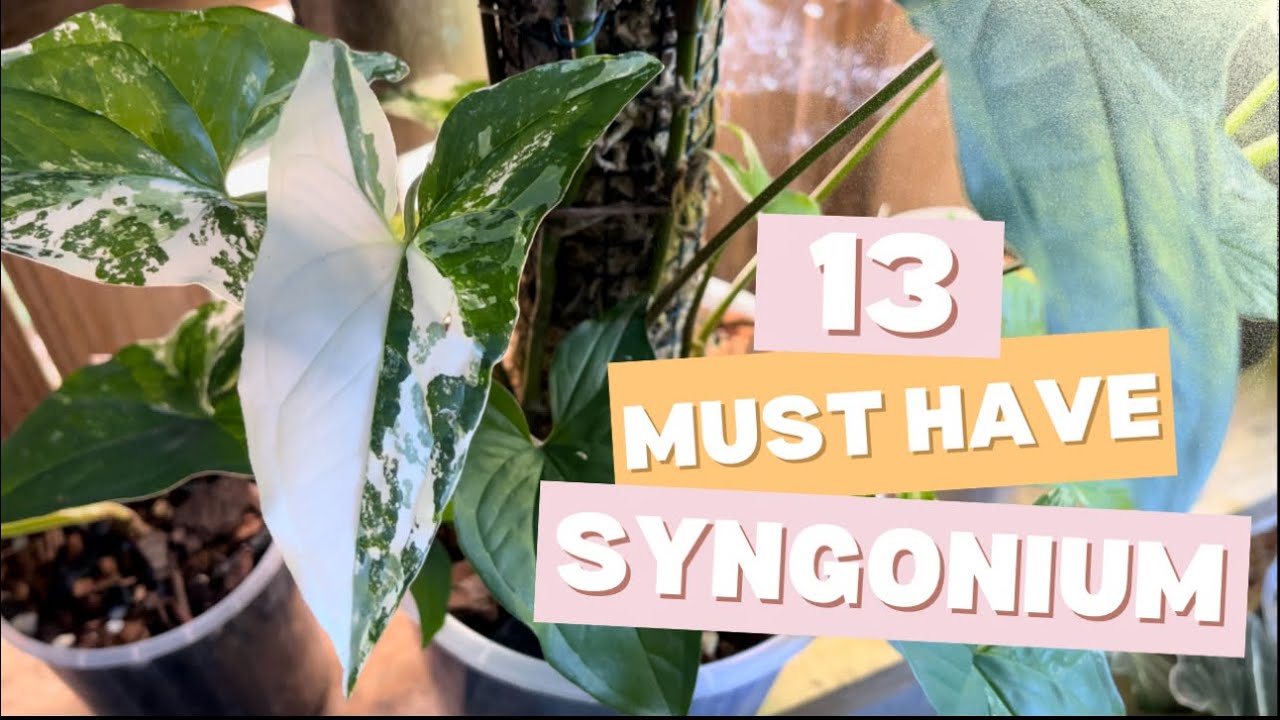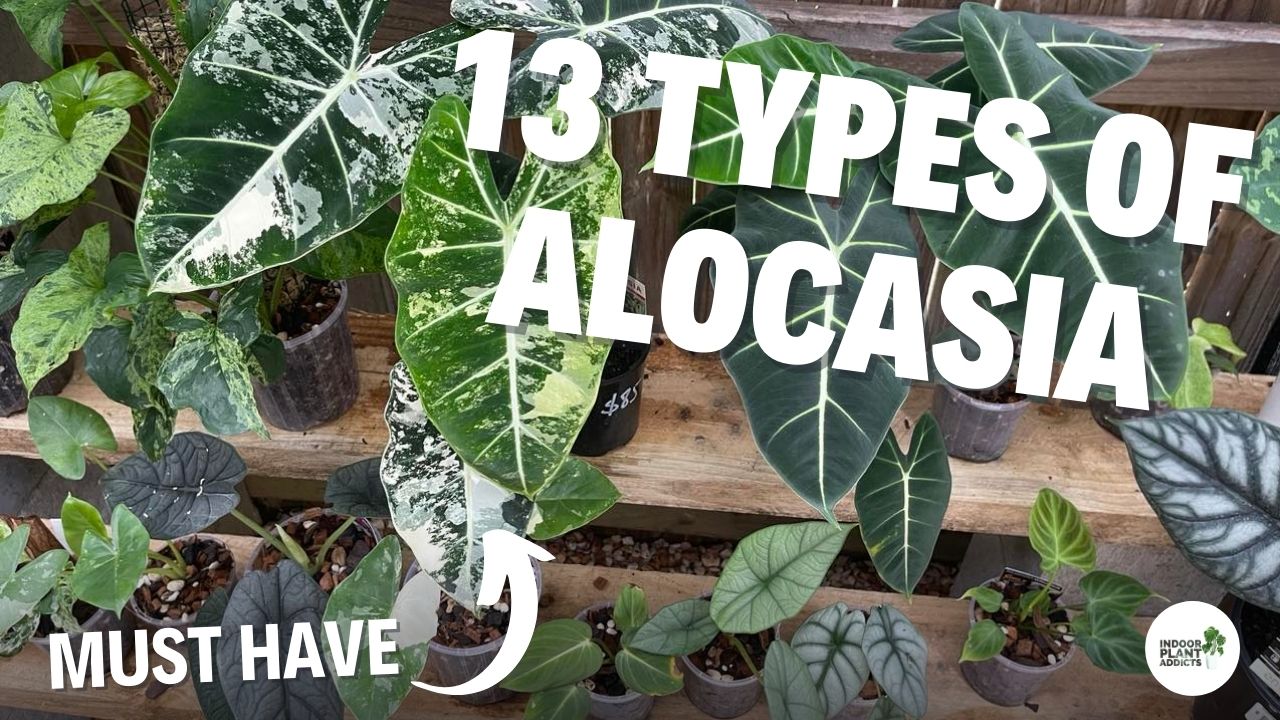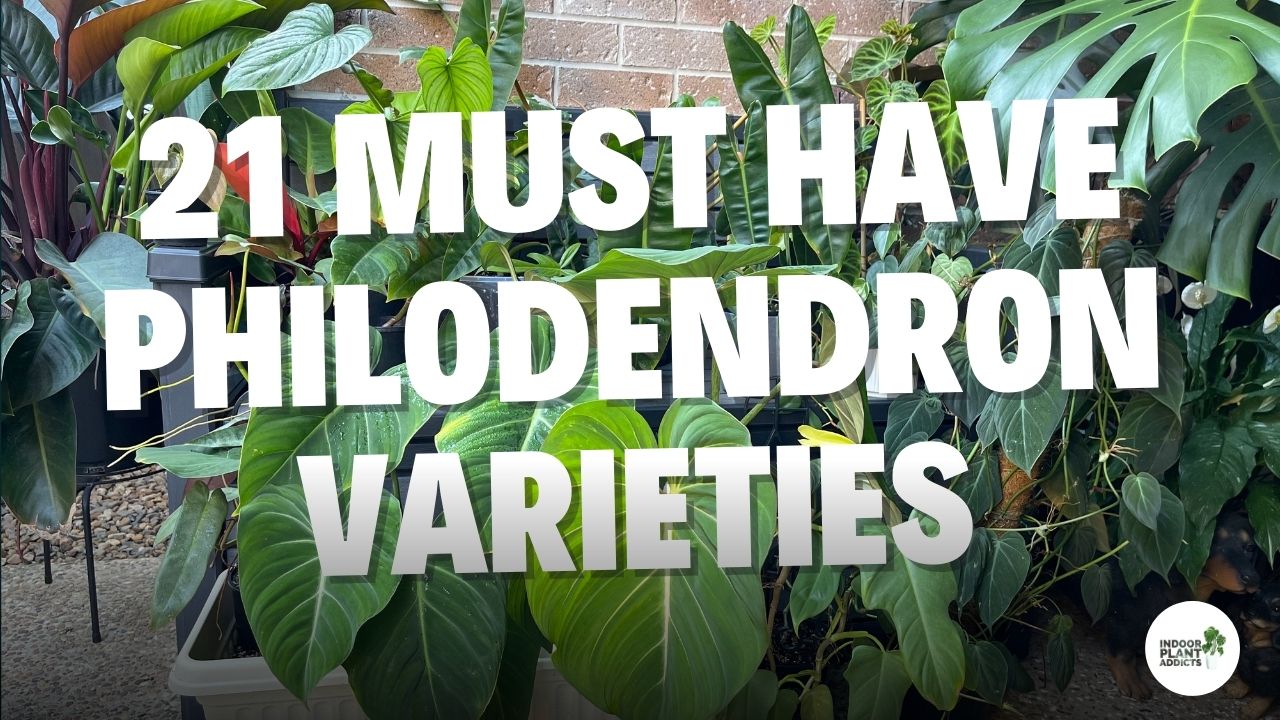Effects of diseases and pests
If left unidentified and untreated diseases and pests can end up being fatal for your beloved monstera deliciosa. Early identification of diseases and pests along with immediate treatment will give your plant its best chance at survival so it is crucial to check your monstera deliciosa on a regular basis.
Monstera Deliciosa Common Diseases
The most common diseases you will come across when caring for your monstera deliciosa include but are not limited to; leaf spot and root rot. We have gone into depth below on how to identify and treat these issues.
Leaf Spot
Identification
Leaf spot is a blemish that is found on the leaves of a plant that is normally caused by a fungus. When there are a few spots on a leaf and they begin to grow, they will eventually join together and become a large blotch on the leaf. Eventually the whole leaf will turn brown and fall off.
Treatment
If you notice any brown spots appear on any of your plants leaves, its important that you isolate the plant immediately to prevent it from spreading to other plants and trim the affected leaf off. If you mist your plants, stop misting the affected plant.
Root Rot
Identification
Monsetras, like many indoor plants, are susceptible to root rot which is commonly caused due to over-watering. Root rot occurs under the soil which can make it difficult to identify, however; your monstera can show some signals above the soil. These are wilting, distorted or yellowing leaves, stunted growth or falling foliage. Roots that are suffering from root rot will be black and mushy and may even fall off when you touch them.
Treatment
Root rot is a disease that attacks the roots of a plant when the soil is staying too wet and the roots can’t breath.
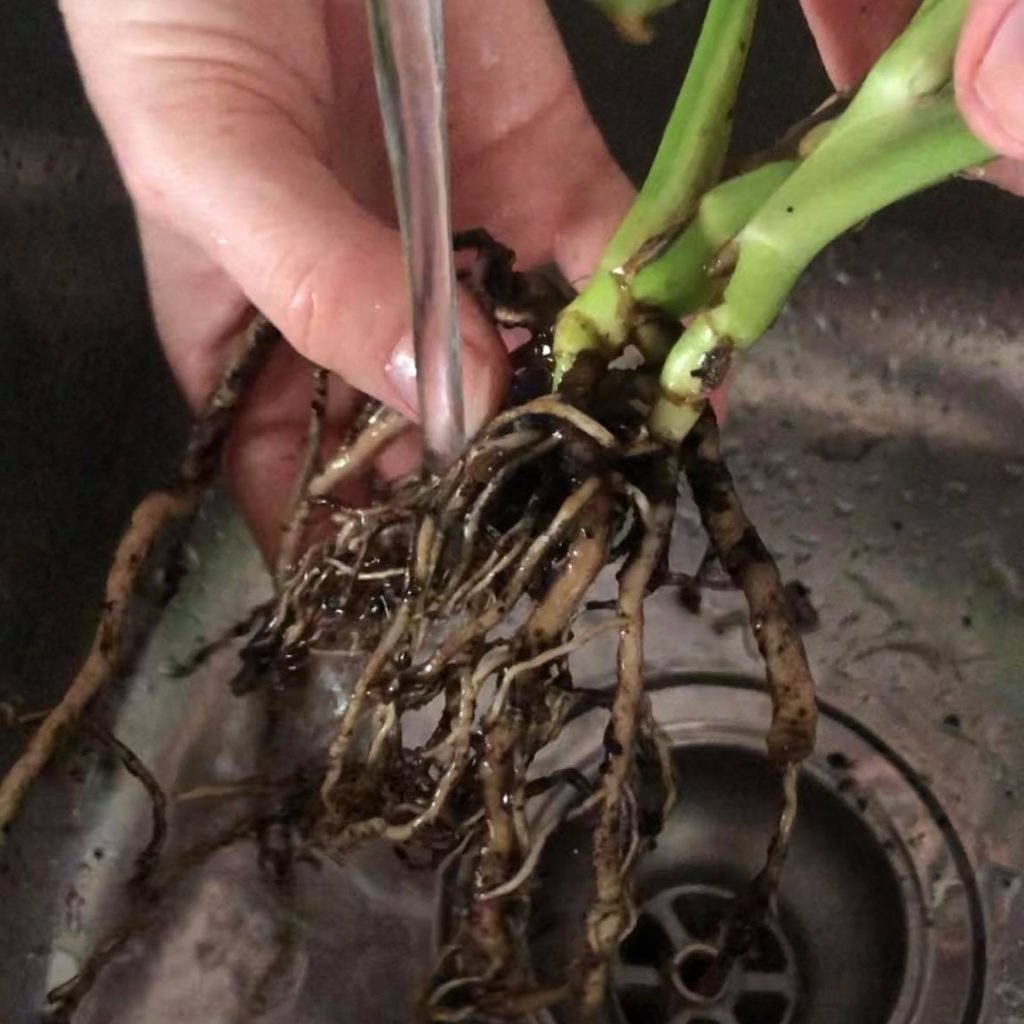
If all of root system is not black and mushy you might be able to save your monstera by removing the affected roots, rinsing the healthy roots off under clean water and repotting the plant in a new pot with fresh well draining soil. Depending on how many healthy roots are left, you may need to trim your plant to help give it a better shot at life.
Monstera Deliciosa Pests
Pests can can also wreak havoc on your plants health with insects and mites eating and multiplying on foliage, causing sometimes irreversible damage. The most common pests that you can come across are spider mites, scale insects and grasshoppers.
Spider Mites
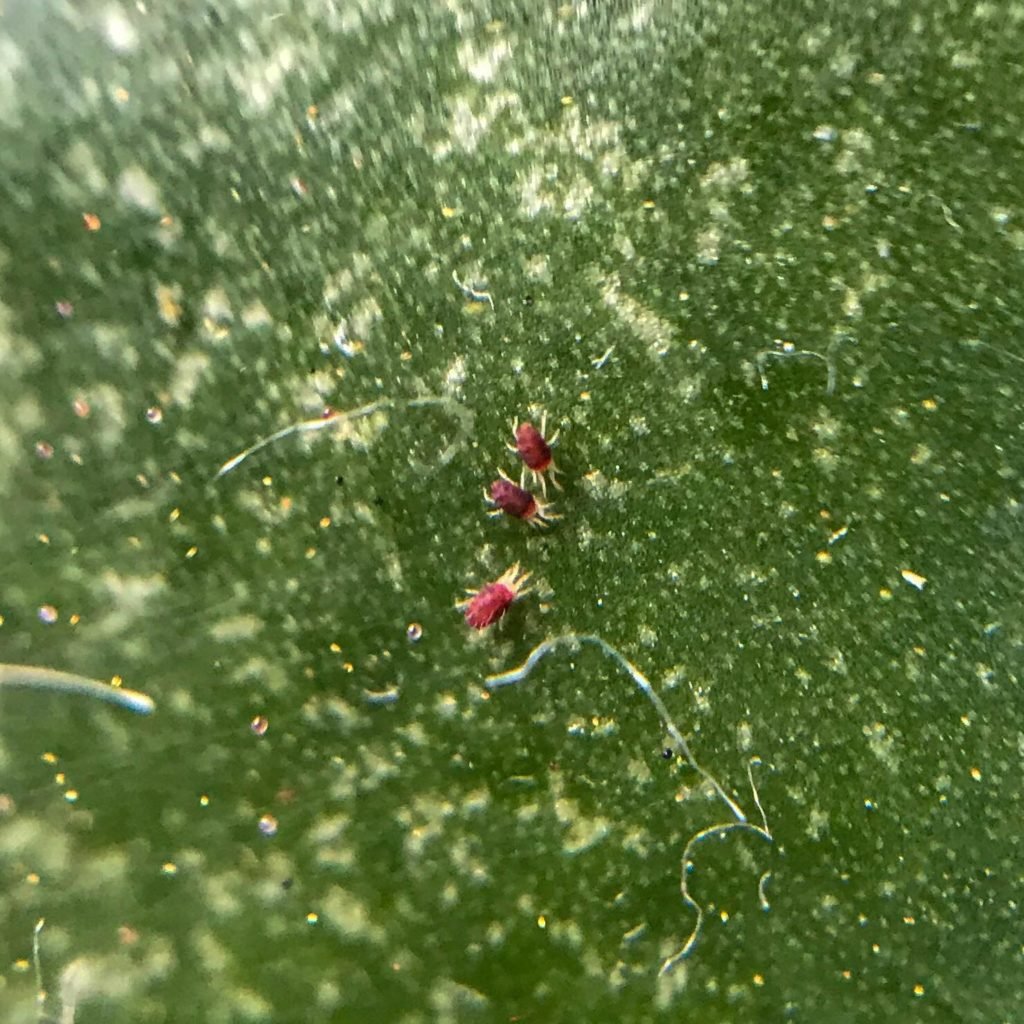
Identification
Spider mites are small reddish brown in color and have spider like bodies thus their name. They live in colonies and will typically be found on the underside of the foliage and the leaf joints of your monstera deliciosa. Tell tale signs that your monstera is affected by spider mites are mottled or browning leaves, curled up or shriveling foliage with yellowing marks.
Treatment
Mites can be treated through the use of chemical pest/ insecticides. For more information on mites and treating them you can visit here. Or for a non chemical alternative here is a list of essential oils that are effective against spider mites.
Scale Insects
Identification
Scale insects will mainly attack your monstera’s stem and leaf joints over its foliage. The scale insect will appear flat and round in shape and are very small in stature. Signs that your plant is affected by scale insects is leaf drop or yellowing leaves and white and yellowish spots on the leaves, stems or branches.
Treatment
Scale insects can be easily treated with organic methods. It’s important to isolate the plant to stop the spread of scale to other plants that are nearby. There are a few products you can use to try and eliminate scale. These are rubbing alcohol, insecticidal soap (organic or homemade) and neem oil. You can also try trimming off the infected areas if you can.
Grass Hoppers
Identification
Everyone knows that grasshoppers are lean green plant eating machines are are commonly known to be an annoying pest when growing vegetables but they can also cause extreme damage to your monstera’s foliage. Grasshoppers are only a threat when your monstera is kept outdoors, being inside should be grasshopper free.
Treatment
Removing your plant from outside should remove the risk of your monstera being eaten from grasshoppers, however if you wish to still keep your monstera deliciosa growing outside you can either remove grasshoppers by hand or use insecticides.
